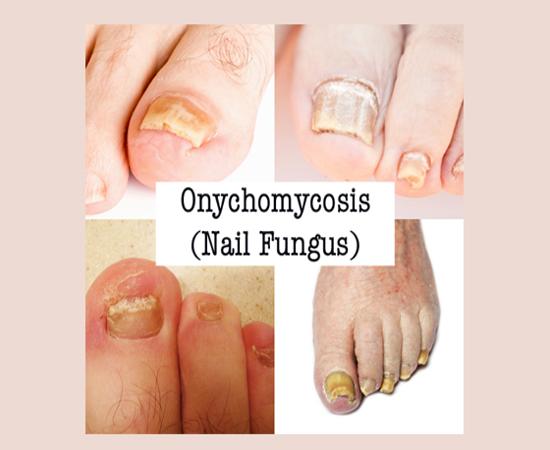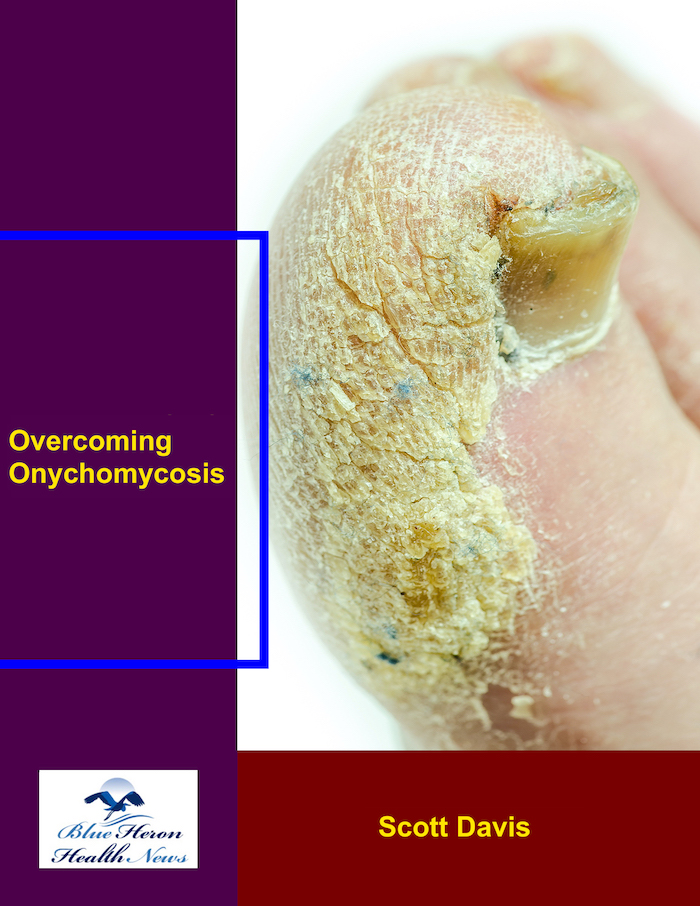Dealing with Onychomycosis – A Guide to Treating Nail Fungus
Welcome to our comprehensive guide on tackling onychomycosis, more commonly known as nail fungus. If you’re struggling with the embarrassment and discomfort that comes with this condition, you’re not alone. In this article, we will explore effective treatment options and provide valuable insights on how to overcome onychomycosis for healthier and happier nails.
The Benefits of Effective Treatment
Living with onychomycosis can be challenging, impacting your self-esteem and confidence. By seeking treatment, you can not only improve the appearance of your nails but also prevent the infection from spreading to other nails or causing further complications. Treating onychomycosis can also relieve any discomfort or pain associated with the condition, allowing you to walk and move around with ease.
Understanding Onychomycosis
Onychomycosis is a fungal infection that affects the nails, most commonly the toenails. It can cause the nails to become discolored, thickened, and brittle. The fungus thrives in warm and moist environments, making the feet an ideal breeding ground. Without proper treatment, onychomycosis can persist and worsen over time.
Frequently Asked Questions About Onychomycosis Treatment
1. What are the treatment options for onychomycosis?
There are several treatment options available for onychomycosis, including topical antifungal medications, oral antifungal drugs, laser therapy, and surgical nail removal.
2. How long does it take to see results from treatment?
The time it takes to see improvement varies depending on the treatment method used and the severity of the infection. It can take several weeks to months to fully eradicate the fungus and see visible improvements in the nails.
3. Are there any home remedies that can help with onychomycosis?
While some home remedies like tea tree oil or vinegar soaks may offer temporary relief, they are not as effective as prescription treatments in treating onychomycosis.
4. Can onychomycosis recur after treatment?
Yes, onychomycosis can recur even after successful treatment. To reduce the risk of recurrence, proper foot hygiene and regular maintenance are essential.
5. How can I prevent onychomycosis in the future?
To prevent onychomycosis, practice good foot hygiene, wear breathable socks and shoes, keep your nails trimmed, and avoid walking barefoot in public places.
Conclusion
Overcoming onychomycosis is possible with the right treatment and care. By seeking timely intervention and following a comprehensive treatment plan, you can reclaim the health and appearance of your nails. Remember, consistency is key when it comes to treating onychomycosis, so stay committed to the process and don’t hesitate to seek professional help if needed.


